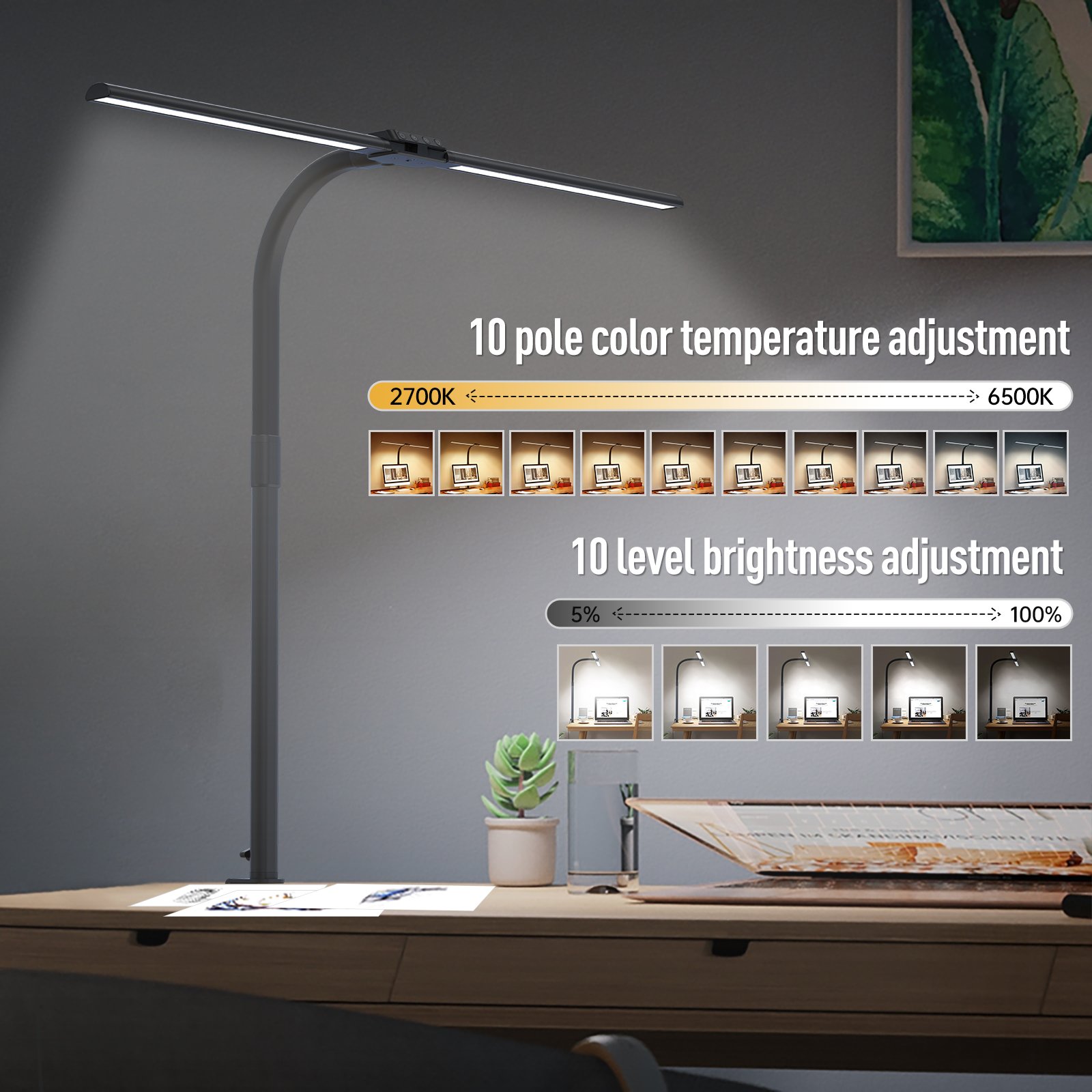
Combat Seasonal Depression: Your Guide to Beating the Winter Blues
What is Seasonal Depression (SAD)?
Seasonal Affective Disorder (SAD), commonly known as seasonal depression, is a type of depression that typically occurs during the fall and winter months when natural daylight is reduced. It can leave you feeling tired, unmotivated, and emotionally down. If you’ve noticed a change in your mood as the days get shorter, you might be experiencing SAD.
What Are the Symptoms of Seasonal Depression?
SAD can affect people differently, but it typically emerges in late fall and peaks in the winter. If left unmanaged, seasonal depression can disrupt daily life, work, and relationships.
Feeling hopeless or down most of the time
Low energy or constant fatigue
Difficulty concentrating or staying productive
Losing interest in activities you normally enjoy
Changes in sleep patterns (sleeping too much or too little)
Weight gain or loss due to changes in appetite
Feeling irritable or stressed
What Causes Seasonal Depression?
Seasonal depression is primarily caused by reduced exposure to natural sunlight during the shorter days of fall and winter. This lack of sunlight disrupts your body’s circadian rhythm, which regulates your sleep-wake cycle and mood. It can also lead to a drop in serotonin (a mood-regulating neurotransmitter) and melatonin (a hormone responsible for sleep), causing feelings of depression and tiredness.
Natural Remedies
to Combat Seasonal Depression
While SAD can feel overwhelming, there are effective ways to manage
and alleviate its symptoms. Many of these remedies involve increasing exposure to natural light or simulating it in creative ways.
-
Getting as much natural light as possible is one of the simplest ways to improve mood during darker months. Aim to spend more time outdoors, especially in the morning, even when it’s cloudy. Regular exposure to daylight helps balance your body’s internal clock and boosts serotonin levels, lifting your spirits.
-
When natural sunlight isn’t available, you can simulate it indoors using light therapy. Investing in a light therapy box or a natural light lamp can mimic the effects of sunlight and significantly reduce SAD symptoms. Placing these lights near your workspace or in areas where you spend a lot of time can help regulate your mood.
-
Another effective way to combat SAD is to make your home or office as bright as possible. Open your curtains and blinds during the day to let natural light in, and add bright artificial lighting in key areas of your space. Using LED lights that simulate natural daylight can make a huge difference.
The Role of Light in Beating Seasonal Depression
Light is essential to your well-being, especially during the darker months. Natural light positively impacts your mood, energy, and mental health, and there are ways to incorporate it into your daily routine:
Morning Sunlight Exposure: Make it a habit to spend time outside in the morning, even if it’s just a 15-minute walk. Morning light helps reset your internal clock, signaling to your body that it’s time to wake up.
Work Near Windows: If possible, move your workspace closer to a window to increase exposure to daylight while you work.
Use a Light Therapy Lamp: Light therapy has been shown to effectively reduce SAD symptoms by providing exposure to bright, artificial light that mimics sunlight.
Other Remedies
For Seasonal Depression
While light exposure is crucial, there are other lifestyle changes and remedies that can help reduce seasonal depression:
-
Physical activity can naturally boost serotonin and endorphin levels, improving your mood and energy. Even a brisk walk outside can have a big impact.
-
Go to bed and wake up at the same time each day to keep your internal clock in balance. Avoid oversleeping, as this can increase feelings of fatigue.
-
Eating foods rich in omega-3 fatty acids, such as fish, nuts, and leafy greens, can help improve brain function and mood. Limit sugar and processed foods, which can lead to energy crashes and irritability.
-
Socializing, even if you don’t feel like it, can help lift your mood. Reach out to friends or family, or consider joining support groups.
-
If your symptoms persist or worsen, it may be time to speak with a healthcare professional. Therapies such as cognitive-behavioral therapy (CBT) or medication can be effective for treating SAD.
Bringing Light Back Into Your Life
Managing seasonal depression requires attention to your environment and daily habits. By increasing your exposure to natural light—whether through sunlight or light therapy—you can help restore your mood and balance during the darker months. Implementing these strategies will give you the tools to stay productive, energized, and positive all winter long.








